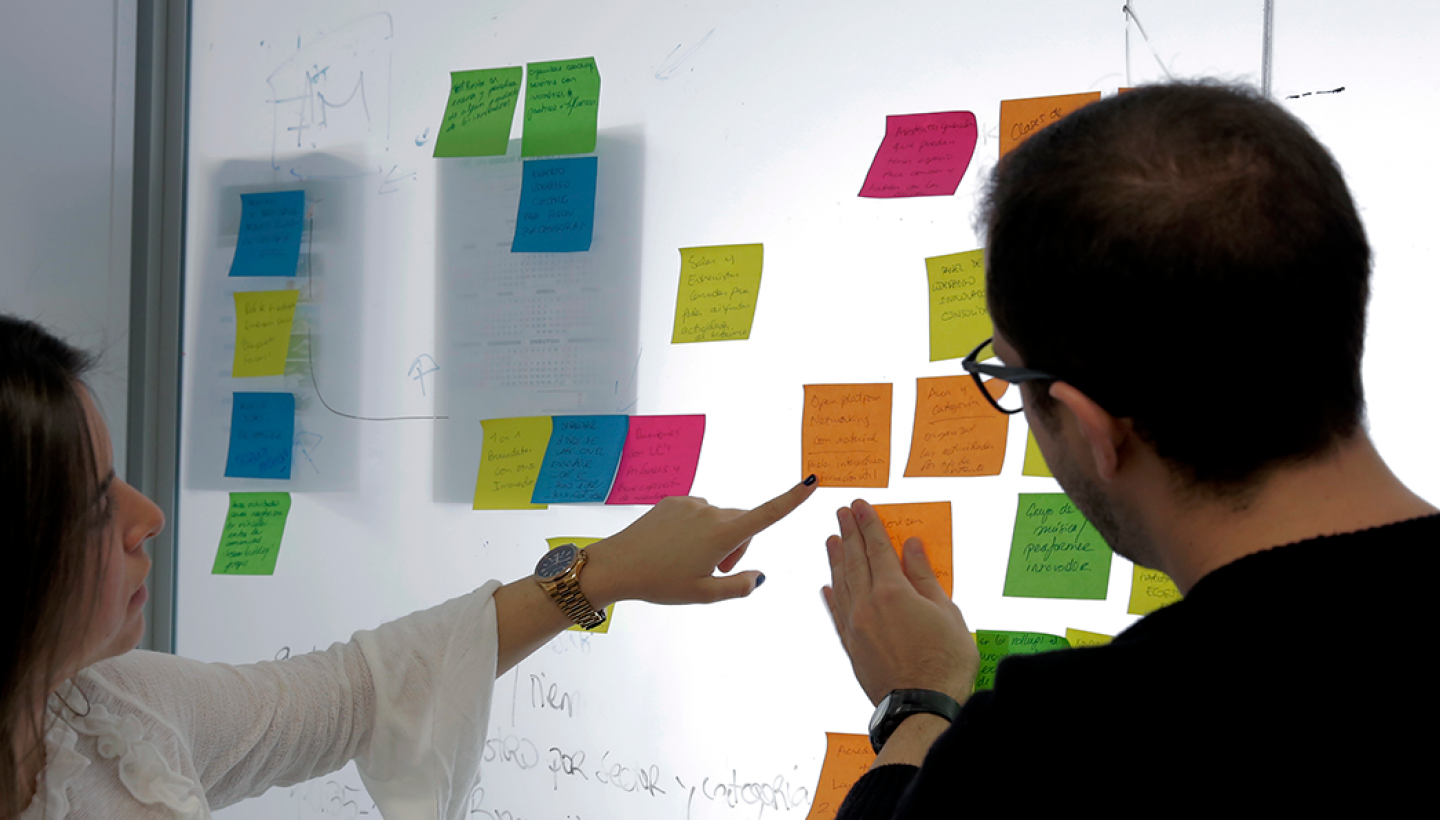In Spain there are 1,435 funeral service companies, 11,305 workers and nearly 1,500 million euros invested in the funeral service industry. Death insurance is a stable of the Spanish economy. According to ICEA and INE data, approximately 21 million Spaniards have either death insurance contracts or have a stake in some kind of death insurance policy, which means one in every two Spaniards is economically prepared for death.
However, despite insurers managing over 60% of annual deaths, our attitude towards death is changing: cremation versus burial, parks versus cemetaries, assistance before, during and after death and digital wills are some of the issues to consider. Death insurance these days needs to be more than just a funeral procedure.
Observe. Understand. Devise.
At Opinno, our objective was not to adapt to a current product, rather to completely reinvent the culture of death insurance. We wanted to create a catalogue of products capable of satisfying and responding sensitively to the needs of all participants when a death occurs. Although death is a universal, it is still a taboo topic of conversation for most.
To start with, we analyzed the segments into which the current market is organized: do the new social archetypes fit into the existing structure? Can new family models be seen represented by what’s currently offered by the industry? Our consultants were initiated all the steps and stages of death. We shadowed and accompanied insurance companies as well as funeral homes and even cemetary workers to understand the many processes involved at the inevitable end of life.
Using focus groups and in-depth interview sessions, we were also able to understand how the different players interacted with the families and close friends of the deceased. We took all these variables in order to represent dying in the twenty-first century in its entireity: what people felt, what people thought, and more importantly, what people needed and wanted.

Seven new business models
First we prioritized 10 key objectives for companies in the industry. Next, we brainstormed 500 ideas for solutions to these in our co-creation sessions. Thanks to our model of ‘clustering’, we then narrowed these down to approximately 20 solutions, which then became 9 new value propositions. Finally, we landed on 7 business models, which were then validated by our critical mass of potential customers.
Now, four months later, we are able to say that we truly understand the processess and experience of death culture in Spain; we have answers to the kinds of questions insurers seek to disrupt business models in the current market. In these times of rapid change, no market can afford to remain inert, not even death insurance.



